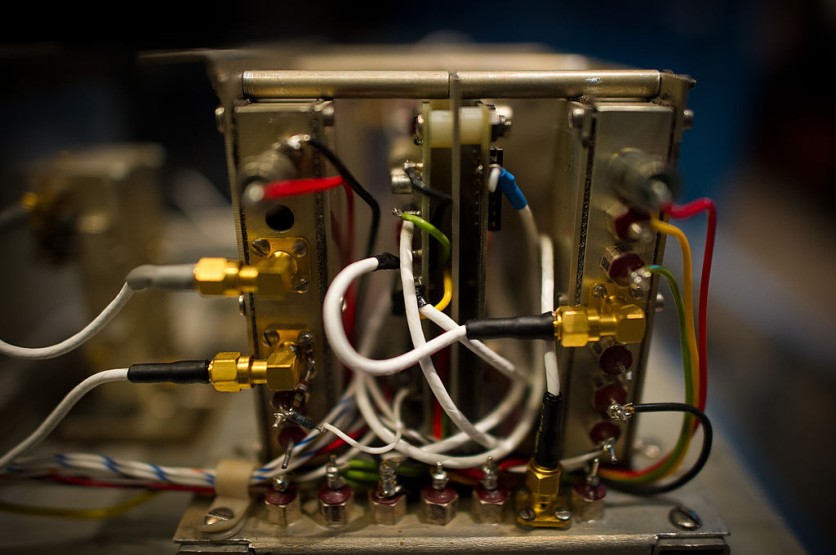In a not-so-common breakthrough towards redefining the basic unit of time, a Chinese research team at the University of Science and Technology has unveiled a groundbreaking optical clock that provides unparalleled precision in timekeeping.
Harnessing ultra-cold strontium atoms and laser technology, this atomic clock operates with stability and uncertainty levels below 5 quintillionths. It's a rare innovation that positions China as a global frontrunner in the pursuit of precise time measurement behind the US.
Precision Beyond Imaginable Limits

The Chinese optical clock stands as a testament to scientific achievement, losing or gaining merely one second over a staggering 7 billion years.
According to Interesting Engineering, its extraordinary precision puts China into an elite group, making it the second country, following the US, to achieve such remarkable accuracy in timekeeping.
Published in the esteemed Metrologia journal, the research team, led by physicist Pan Jianwei, highlights that this achievement is not just a technological triumph but a crucial step towards establishing a global optical clock network. This network holds the promise of transforming how we perceive and measure time on a global scale.
Related Article : Atomic Clocks May Finally Uncover Evidence of Dark Matter, According to Scientists
Opening New Avenues for Scientific Exploration
Beyond its timekeeping implications, the optical clock breakthrough opens up exciting pathways for scientific exploration. The research team envisions using this advanced technology to test fundamental physics theories, detect gravitational waves, and delve into the mysteries of dark matter, per The South China Morning Post. That said, this marks a significant leap toward expanding our understanding of the universe.
The Global Race for Precision
While China takes a formidable lead with its optical clock, the global race for precision timekeeping continues. The University of Colorado in Boulder currently hosts the most precise strontium-based optical clock, holding a slight edge in accuracy and stability over its Chinese counterpart.
Other contenders in this race include institutions in Japan and Germany, contributing to the international pursuit of pushing the boundaries of time measurement.
Applications Beyond Timekeeping
The implications of optical clocks extend far beyond precise time measurement. These technological creations hold immense potential for applications in critical infrastructure.
From enhancing global navigation satellite systems to establishing highly secure communication networks through quantum key distribution, optical clocks are poised to shape the future of technological advancements.
Journey to Redefine Time
Today's definition of a second relies on the microwave fountain clock, a type of atomic clock. However, the limitations posed by microwave frequency standards have spurred the development of optical clocks.
To replace microwave clocks with their optical counterparts, at least three laboratories worldwide must achieve optical clocks with stability below 5 quintillionths and uncertainty below 2 quintillionths - pivotal benchmarks for reliability and performance.
Quantum Pioneer's Vision
Led by Jianwei, often hailed as the "father of quantum," the Chinese research team executed a meticulous process to achieve this remarkable feat.
By cooling down strontium-87 atoms and utilizing intersecting laser beams, they trapped atoms in a one-dimensional lattice. The subsequent use of an ultra-stable laser triggered clock transitions, ensuring stability and precision.
What the Team Wants to Do in the Future With Atomic Clocks
The Chinese research team plans to expand their exploration by comparing atomic clocks built with different atom species, including strontium-87 and ytterbium-171. This ongoing research, supported by various funding agencies, promises to deepen our understanding of time and pave the way for future technological innovations.
"Such performances showed that our clock has partially met the requirement for participating in the redefinition of the second," the authors wrote in the paper.
In essence, China's move to create this optical clock marks a historic moment in the quest for precision timekeeping, unlocking possibilities that extend beyond our current understanding of time.
Read Also : Deep Space Atomic Clock for GPS Improvement - Results to Heightened Spacecraft Autonomy?

ⓒ 2026 TECHTIMES.com All rights reserved. Do not reproduce without permission.




